M. B. B A Y E R & J. W. P I L B E A M
- National Botanic Gardens of South Africa, Karoo Garden, Worcester.
- Orppington, Kents, England.
Published in CACTUS & SUCCULENT JOURNAL (U.S.), Vol. X L V I , 1974
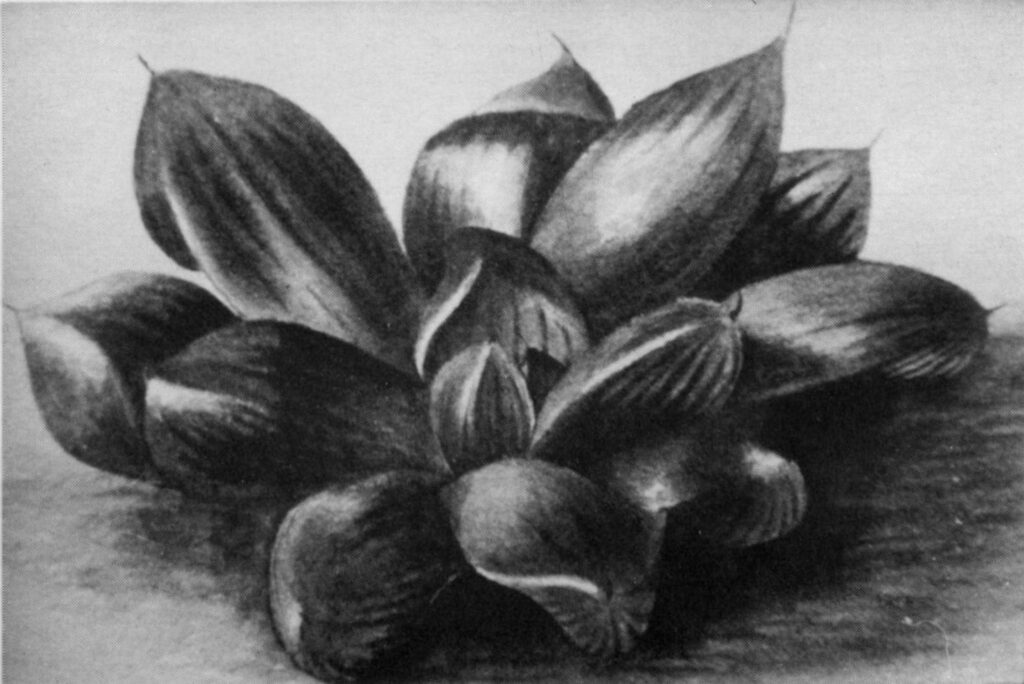
is the water-color reproduced by Uitewaal in 1948 in Succulenta on which his name-changes
were based.
ABSTRACT: The application of the names H. obtusa Haw., H. pilifera Bale., H. stayneri von Poelln. and H. gordoniana von Poelln. are discussed. It is concluded that Uitewaal (1948) erred in associating H. obtusa and H. pilifera, and that ‘H. obtusa’ is nothing more than a form of H. cymbiformis (Haw.) Duval, perhaps warranting varietal status. The name H. pilifera is thus reinstated for the species centered around the Kingwilliamstown area. Morphological differences are noted in the species H. stayneri and H. gordoniana which suggest, for the present at least, that these names should be retained for species complexes yet to be fully investigated; it may prove that these are merely smaller forms of H. pilifera occurring from SW Grahamstown to Port Elizabeth and on to Humansdorp.
INTRODUCTION: The purpose of this paper is to examine the application of the name H. obtusa Haw. by Uitewaal (1948). Uitewaal bases his argument on a water-color plate in the Kew Library purported to be H. obtusa (fig. 1), but which does not agree with Haworth’s description of the species. He concludes that H. pilifera Bak. must be synonymous and relegates this species to varietal rank under H. obtusa with a new description of the species. Haworth, however, clearly related his species to H. cymbiformis, and in view of problems involved in the application of these names to field populations, it is necessary to question Uitewaal’s conclusions.
INVESTIGATION: Both H. cymbiformis and H. pilifera are widespread and common species in the East Cape. Apart from gross morphological differences, these species differ basically in their habitat preferences, and may be found growing in close association. H. cymbiformis is essentially a riverine species growing on steep rock faces along streams and rivers, and mostly among valley bush vegetation associated with these conditions. It is characteristically a bright green species forming dense mats with compacted roots confined to shallow crevices and cracks of the comparatively soilless habitats. It may become dull green to yellowish-brown or red in its different forms and under different growing conditions. H. pilifera on the other hand, while also found along streams and rivers, occurs in grassland vegetation in sparsely covered rocky situations and usually shallow soils. It is characteristically gray-green in color with pink to purplish hues – never acquiring the brilliant green of H. cymbiformis or becoming dirty brown as Haworth’s description of H. obtusa. It may also form dense mats but with thick fleshy and spreading roots, while the leaf surfaces are level with the soil surface in exposed situations. There should, therefore, be no question of confusing these two species. A form of H. cymbiformis which agrees with the Kew illustration is recorded by G.G. Smith (fig. 2), and this was found growing in a typical population of the species. Other forms have frequently been seen by the writers in cultivation which, by reason of their similarity of form, coloring, habit and floral characters, suggest a similar origin.

One such plant has been cultivated at the Karoo Garden in shady conditions and then transferred to brighter light for five months (fig. 3) to see how it would compare with the various forms of H. pilifera under similar conditions, and with the Kew illustration. The result confirms that a plant occurs within the writers’ concept of the H. cymbiformis complex which agrees with the Kew illustration but which cannot be associated with H. pilifera. The test plant became brilliantly green under the brighter light conditions, the leaves were shorter but retaining their turgid spreading attitude, neither truncating nor developing necrotic tips. The plant remained above the soil surface and did not recede as H. pilifera does under exposed conditions. Furthermore plants grown in association in cultivation for several years of a plant similar to figure 3 and varieties of H. cymbiformis and H. pilifera, clearly exhibit that the former is in character allied to H. cymbiformis and not H. pilifera.

At the time Uitewaal submerged H. pilifera under H. obtusa, G.G. Smith wrote to J.T. Bates in England that “Mr. Uitewaal and one or two others have recently sunk several of the old well-known names, but I have not accepted all the changes … The H. obtusa, taking the place of H. pilifera, is H. cymbiformis var. obtusa … H. pilifera has never been found on a krantz (rock-face), whereas H. cymbiformis and its varieties are only found on krantzes, and I have plants from a couple of krantzes which are varieties of H. cymbiformis and in a photograph look more like H. pilifera than H. obtusa does … what is more he (Uitewaal) makes up a description from the painting!”.
J.R. Brown in his ‘Notes on Haworthias’ in the American Society’s journal wrote of H. obtusa: “This Haworthia has long been given the name of Haworthia cymbiformis var. obtusa (Haw.) Baker, but the numerous plants under this name which I have seen have only been cultural variations of Haw. cymbiformis Haw.”
The most extraordinary part of Uitewaal’s proposal is that he regards the original description of H. obtusa by Ha worth as “defective and misleading” and, as Smith points out, then proceeds to describe the plant from the painting. The painting itself is by an artist, Thomas Duncanson employed at Kew contemporary with Haworth, and it is more probable that this diverges from the plant it is intended to portray than Haworth’s written description. Anyone who knows Haworthia well (despite Uitewaal using this same claim to support his own contention) must in looking at the Kew watercolor bear Haworth’s description in mind and relate H. obtusa to H. cymbiformis.
Haworth’s description reads as follows: — obtusa H. (small blunt hollow-leaved) foliis ovatis concavis luridis obtusis cum mucronulo, apicam versus pellucentibus, lineis saturatioribus.
Habitat C.B.S. G.H. 4
Obs. H. concava Nob.* in Revis.Succ. proxima, at subduplo minor, colore adhuc lurida, et minus virente glaucove quam in ilia, foliis apice crassioribus obtusioribus magis pellucentibusnmagisque striatis. Flores ut in affinibus.
(Haworth-Phil. Mag. 1825)
(Translated: —
obtusa H . (small blunt hollow-leaved) leaves ovate and concave dingy yellowish-brown obtuse with sharp point, pellucid towards the apex, filled with lines.
Habitat C.B.S. G.H.4
Obs. near to H. concava Nob.* in Revis.Succ. but nearly half as small, color until now dingy yellowish-brown, and less glaucous green, leaves thicker and more obtuse, more pellucid and lined. Flowers the same).
* FOOTNOTE: H. concava was subsequently declared synonymous with H. cymbiformis.
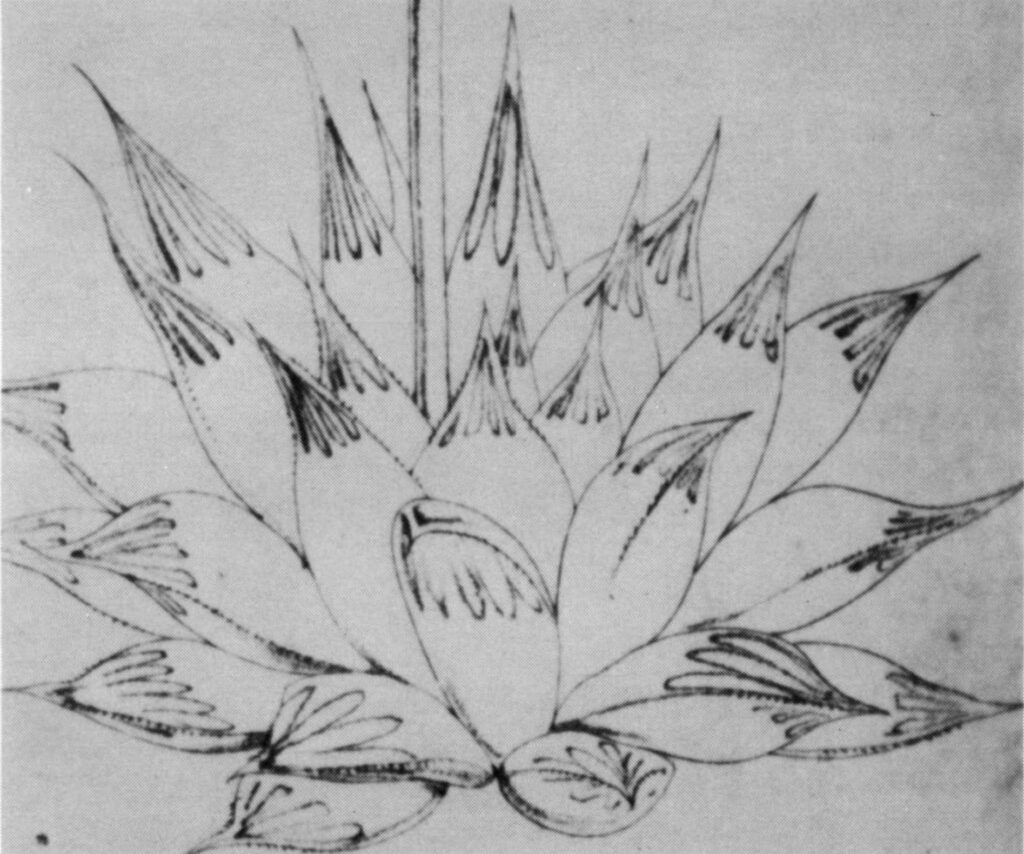
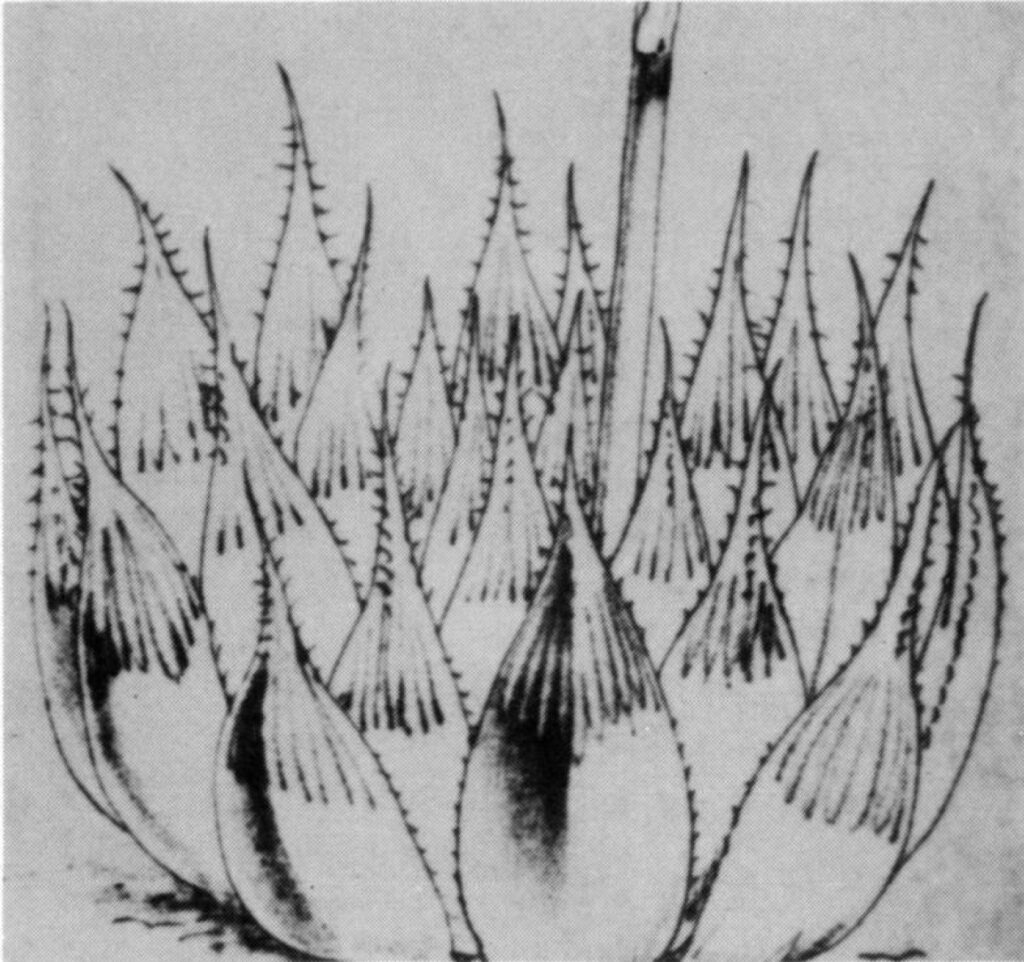
Of particular note are Haworth’s comments on the color, and on the flowers. The flower of H. cymbiformis is a clear white and generally borne on a short, slender peduncle, and Haworth does state that the flower of H. obtusa is the same. In H. pilifera the flower is off-white and borne on a generally stout peduncle. What is difficult to concede, is that Haworth never received specimens of H. pilifera and that it was left to Baker to first describe the species as well as the near relatives H. vittata (fig. 4 ) , H. cooperi (fig. 5) and H. columnaris. These latter species must almost certainly be included in the synonymy of H. pilifera, although the two first named of these may perhaps represent introgression of H. pilifera toward H. blackbeardiana von Poelln. Field observation indicates that there is no good evidence to support varieties (in the botanical sense of sub-species), as variation across the distribution range of H. pilifera is both large and evidently continuous. Observations on the many collections of this species yield some interesting observations. Some variants are very bristly with markedly and acutely pyramidal leaf-tips, and others have rounded and minutely mucronate leaf-tips. Of particular note was H. stayneri from type locality. This species remained small but the leaftips truncated with the end-bristle curving in, and together with the veins of the back upper leaf surfaces, dying to form a whitish necrotic network across the end-area. The differences between sun and shade forms of H. stayneri are shown in figure 6. Variations within a collection of this species from type locality invalidate the variety H. stayneri var. salina (syn. H. pilifera var. salina) von Poelln. H. gordoniana grown under exactly the same conditions became deeply submerged in the ground but the leaves remained erect and narrowly pointed (fig. 7), and also did not assume the deeper purplish to gray-green hues of H. pilifera or H. stayneri.
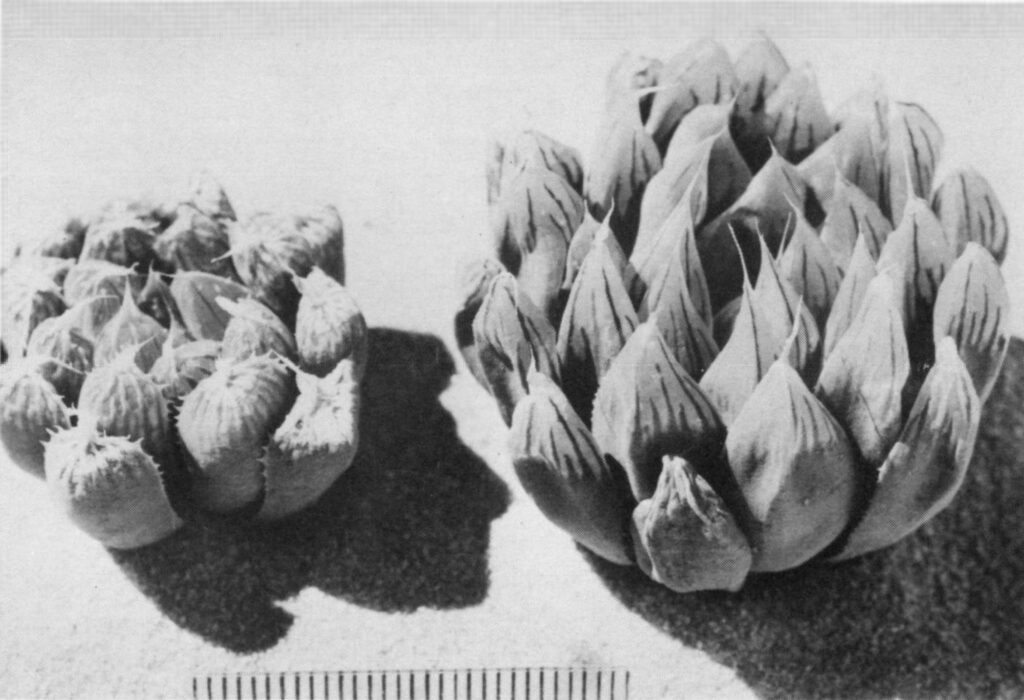
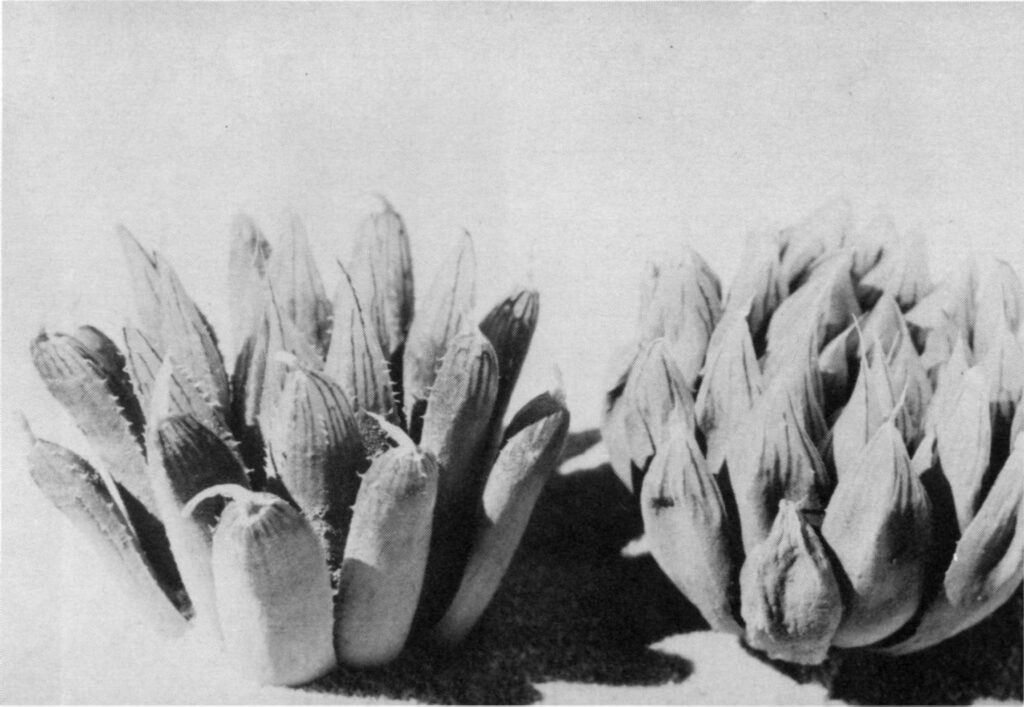
CONCLUSIONS: No progress will be made towards a stable and rational nomenclature in Haworthia until names are firmly attached to field populations. It is clear from the above observations that Uitewaal was wrong in regarding H. obtusa to be “unmistakably” associated with H. pilifera and also wrong in amending Haworth’s original description. In view of the confusion now in correctly applying Haworth’s name, and assuming that the illustration at Kew is in fact Haworth’s species, it is proposed to recognize the name H. obtusa as applying to the H. cymbiformis complex, reducing it to synonomy with that species. At the same time it is recognized that the state of naming in the H. cymbiformis complex leaves much to be desired, and it is hoped that further investigation will rationalize this species. The name H. pilifera is retained for the complex found in the Kingwilliamstown, Kei Road and Komgha areas – also requiring further investigation in regard to variation and distribution. This species is more widely distributed than has hitherto been indicated, and is found eastward to Idutywa, north-westward to Bedford, Cradock and westward to Grahams town. It is typified by the illustration accompanying Baker’s description (fig. 8) in Saunders Refugium Botanicum. It is fairly certain that the ‘species’ H. vittata Bak. and H. cooperi Bak. found in the Cathcart area, are northern ecotypes of H. pilifera and will eventually be regarded as synonymous of H. pilifera*.
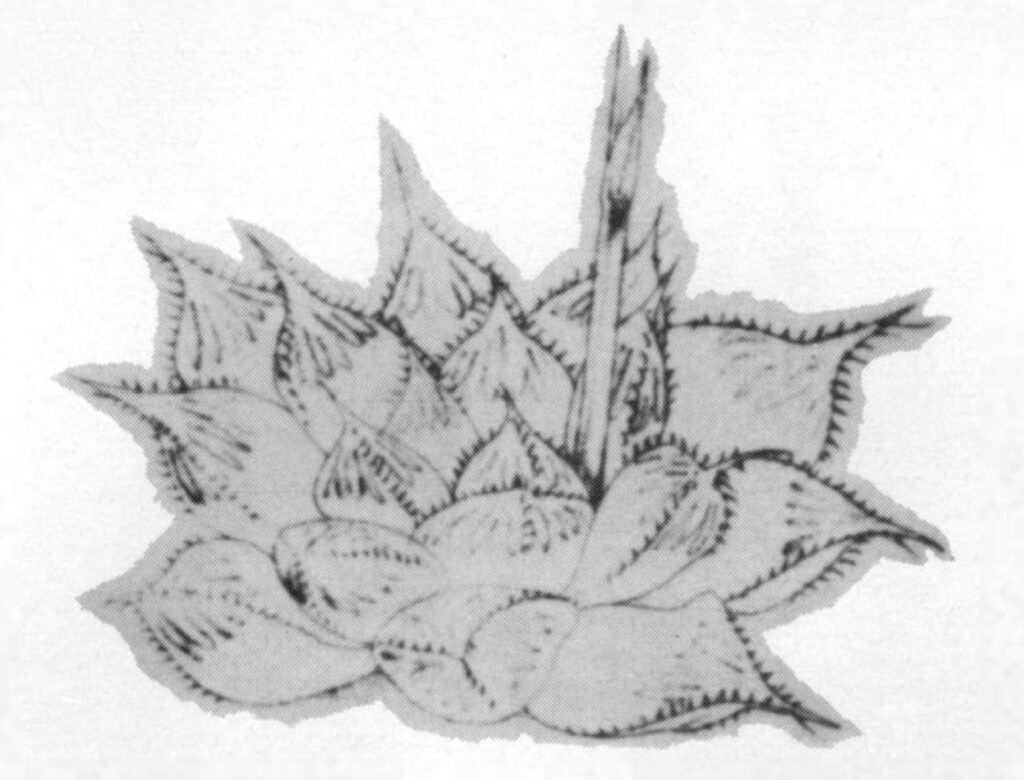
It appears to be a practical necessity at this stage to recognize H. stayneri and H. gordoniana as discrete species in consideration of their distribution and the morphological differences recorded here. Both species require further investigation — H. stayneri particularly in relation to the distribution of H. pilifera in the Grahamstown, Alicedale and Bedford areas, and H. gordoniana in relation to the vast complex of the Gamtoos river valley, Humansdorp.
The name H. columnaris Bak. is discarded as being probably a synonym of H. pilifera: described by Baker in 1889 the plant was originally received at Kew from an Exeter nursery, and can be regarded as a variant of H. pilifera.
H. dielsiana von Poelln. and forma acuminata von Poelln. are also discarded as local variants of H. pilifera.
H. obtusa var. pilifera forma truncata Jacobsen is discarded as a misidentification for H. umbraticola von Poelln., cf. original descriptions and photographs of both.
In the context of this paper the following taxa are upheld: —
H. pilifera Bak. (formerly H. obtusa var. pilifera (Bak.) Uitew.)
H. cymbiformis Haw.
H. stayneri von Poelln. (formerly H. obtusa var. stayneri (von Poelln.) Uitew.)
H. gordoniana von Poelln. (formerly H. obtusa var. gordoniana (von Poelln.) Uitew.)
Rejected are: —
H. columnaris Bak. (subsequently H. obtusa var. columnaris (Bak.) Uitew.)
H. dielsiana von Poelln. (subsequently H. obtusa var. dielsiana (von Poelln.) Uitew.)
H. stayneri var. salina von Poelln. (subsequentlyH. obtusa var. salina (von Poelln.) Uitew.)
H. obtusa Haw.
Questionable are: —
H. vittata Bak.
H. cooperi Bak.
It is a pity that it has taken so long to refute what was plainly a tenuously-based decision, but it is confidently expected that these new proposals will facilitate investigation and communication regarding the plants concerned and their respective origins.
REFERENCES
Collection of Haworthia illustrations in the Library of the Royal Botanic Gardens, Kew, England (to which the authors are grateful for permission to reproduce the painting)
Succulenta i9:101 (1937); 30:49 (1948) – Uitewaal
Cactus & Succulent Society of America Journal 10:57, 88 (1938); 36:75 (1964); 37:115 (1965) – J. R. Brown
Philosophical Magazine 1825:282—Haworth Journal of Botany 37:45 (1889)-Baker Fedde’s Repertorium 28:103 (1930); 42:269 (1937); 44:235 (1938); 49:23 (1940) – von Poellnitz
Saunders Refugium Botanicum 4:t. 233, t. 234 (1870), t. 263 (1871) – Baker
Desert Plant Life 15:124 (1943) – J. R. Brown National Cactus & Succulent Society Journal 10: 81 (1955)-Jacobsen
*FOOTNOTE: It should be particularly noted here that if such a decision is reached, then the name H. cooperi Bak. will have page priority and will need to be adopted for the whole species complex.
